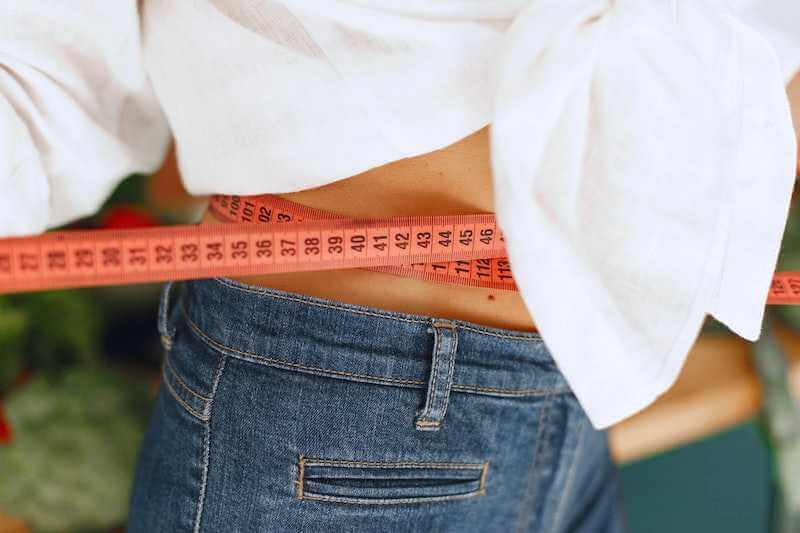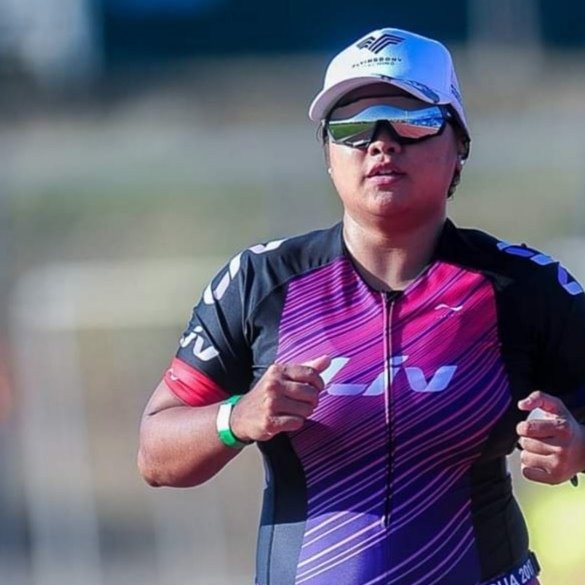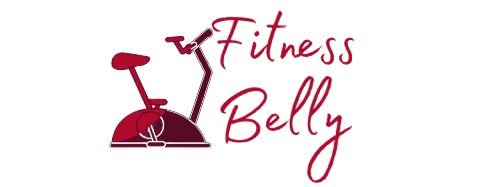There’s evidence of corsets from the 16th century, although the hourglass silhouette did not become popular until the 18th century. Celebrities like Marilyn Monroe helped boost the popularity of hourglass bodies during the ’50s.
A narrow waistline and larger hips became once more the preferred silhouette in 2010, which witnessed a change toward a “curvy” look. Again, famous people like Kim Kardashian have pushed this change forward.
A hard fiber bodysuit with a built-in corset is a “waist trainer.” Using a waist trainer, you can start your journey toward getting an hourglass figure. However, learning how to measure waist for waist trainer is essential since there are certain differences between shopping for clothing and selecting the proper size waist trainer.
It would help if you learned how to take an accurate body measurement and where to find the best deals before shopping.
Picking a Style
Are you wondering how to hide lower belly fat in jeans? In the same way that your clothing is unique to you, so should your waist trainer. There are numerous different kinds of waist trainers on the market, each with its brand and set of pros and cons. Here are some of the factors to consider when choosing a waist trainer when picking a style that’s best for you.
Corset
If you desire a slimmer waist, you’ll require a full corset containing boning. Boning is the internal framework that supports the breasts, much like the underwire of a bra. In other words, it’s responsible for keeping your waistline in check. You can find corsets in specialized stores or even online.
A corset is considered the best body shaper for a large stomach as it is more effective at achieving an hourglass figure.
Shapewear
Shapewear is the way to go if you only need to shed a few pounds or create the illusion of a more proportioned body. Typically, shapewear is a thick, stretchy material that cinches the body. Shapewear is available in all lingerie departments in physical stores and online.

After giving birth or having cosmetic surgery, it is advised that you wear shapewear to help you recover your pre-pregnancy figure.
Overbust and Underbust Designs
There are two common waist trainers: under and over the bust. As its name implies, an over-the-bust design conceals the breast while also serving as a bra, and an under-bust design accentuates the waist.
Over-the-bust cincher belts help achieve a proportional shape for a costume or fashion accessory. If your goal is to slim down your waist and nothing else, an under-the-bust cincher is a way to go.
Used Material
Your trainer’s comfort level will change depending on the fabric you choose. If corsets are your thing, make sure the clasps and boning are steel. These work better than wire or plastic.
Check out the fabric’s thickness and stretchiness if you’re shopping for shapewear. Not even the snug waist trainers can help you if they’re made of stiff or flimsy material.
Coverings for corsets are typically available in plush velvet, smooth satin, or durable vinyl. Since this has no bearing on functionality, pick your favorite. Get some bodysuits in a color that works with your skin tone. It’ll blend in a lot better with the rest of your undergarments.
Getting Measurements
You are probably wondering, ‘how is a waist trainer supposed to fit a person?’ There are several measurements you need to take before buying a waist trainer, and they include the following:

Measure Your Natural Waist Once You’ve Found It
The part of your torso that is the thinnest is your natural waist. One common piece of advice is to take three measurements of your waist and take the average.
Keep the tape measure flush on your skin, right at your natural waist. Gently put the tape measure on your body while you go around in a complete circle. Record it down while noting the following:
- Check to see if the tape is evenly circling your waist.
- A strand of string can serve as a temporary tape measure in a pinch. It can be easily measured after being laid flat.
Take a Measurement Around Your Bust or Underarm
Most of these cinchers are designed so that the highest point rests flush against your breastbone. You should measure just below the bottom of the chest muscles.
It is necessary to measure the bust area and consider your bra size to purchase a cincher that fits over the bust. Locate the broadest part and take circumferential measurements from there.
Take off all your clothes and underwear. You risk having skewed numbers as a result of this.
Measure Your Torso
The height of waist trainer belts can vary to fit women of varying heights. Sit on a concrete floor, keeping your back straight to take a torso measurement. Run the tape measure from the bottom of your chest muscles down your body until the other end touches the top of your leg.
Purchasing a Waist Trainer

Pick a Brand
Picking a brand shouldn’t only depend on your budget. Talk to the helpful associates at your neighborhood department store or specialized lingerie shop if you need assistance deciding which type is perfect. Various brands have their sizing charts; therefore, knowing which one to use is crucial.
Check Your Measurements Against the Brand’s Size Chart
Check the designer’s website or in-store display for a sizing chart to find the right size. Be cautious about double-checking the chart, as your trainer size is unlikely to correspond with your regular dress size.
Select Shapewear That Doesn’t Feel Restrictive
If you’re looking to make a more subtle transformation, shapewear that concentrates on flattening and contouring rather than expanding your size is the way to go. The right fit for shapewear is snug, but it shouldn’t be uncomfortable.
So, you may ask yourself, ‘what size waist trainer should I get?’ It is best to try on a few different sizes to find the one that fits you perfectly.
Round up Your Measurement
If your waist measurement is just on the border between two brands’ sizing options, go with the bigger one. A few notches can tighten a trainer if it’s too loose, but you can do nothing if it’s extremely tight.
Restrain from going for the smallest feasible beginning size. Moving too rapidly from a large to a tiny size can cause harm to nerves and organs, itchy skin, and even cause breathing problems.
Why Does the Size of Your Waist Matter?
Waist size matters when it comes to the size of your waist trainer. Why is it important to learn how to know my waist size? The following are the reasons why:

- Fitting is crucial when it comes to shapewear; it will not be effective if it’s extremely loose or overly tight.
- They cannot be excessively tight since this can cause extreme discomfort and prevent you from wearing them.
- To achieve its intended results of changing your contour and making you look thinner through applying compression, body shapers must not be excessively baggy.
Tips When Measuring Your Waist Trainer Size
Take Your Measurement in the Morning
To get an accurate reading, you should measure your waist first thing in the morning. This is because, during the day, our bodies tend to retain more water and cause bloating, which may result in inaccurate measurements.
Round Up!
Some shoppers select a size lower than they usually would because of the common notion that you should appear thin. If you are on the cusp between sizes, order the larger one. Also, consider the time of the day when measuring your waist.
Measuring Tape
Ideally, we recommend you use vinyl or fabric tape that’s made for measuring garments to determine how large of a waist trainer you need.
Measure Waist at Its Narrowest Point
Measure with your stomach at its lowest point, around three fingers over your navel while standing or sitting. The sizes for plus-size individuals range up to 5XL.
Depending on the model, the straps may or may not be adjustable. Adjustable straps help you get the perfect fit in clothing if your bust-to-waist ratio exceeds the average. A waist trainer in a vest might be more comfortable and accommodating for larger bust sizes or if you want more coverage in the neck and back.
Things to Know Before Buying a Waist Trainer FAQs?
Do Waist Trainers Really Work?
Certainly, waist trainers work! The only way to prove something is true is to test it yourself. To get a feel for the items from the experience of actual consumers who have purchased them, please read the online reviews that follow each product. In addition to reading reviews, you can examine “before and after” images of the products.

What Happens if You Don’t Measure Your Waist Size?
You must measure your waist to receive the correct size waist trainer. Either the waist trainer will be too large or too tiny for you. When this occurs, it will no longer serve its intended purpose. You will also be uncomfortable while wearing it.
Do You Size Up or Down for Waist Trainers?
There is no exception to the rule that you should size up if you are on the cusp between two sizes. Some shoppers order a size down in the mistaken belief that it will make them appear thinner when, in fact, the opposite is true. The trainer will be too tight, look unflattering, and provide inadequate coverage if you choose a smaller size.
Remember that the waist trainer has multiple hook rows, allowing you to customize the size. Waist trainers having three rows of hooks are recommended if you’re worried about having too little space for “sizing down” if you get the bigger size.
When Should I Size Down My Waist Trainer?
A loose waist trainer will not provide the desired results. To maximize the benefits of your waist trainer, you should select the correct size. However, when you don’t feel the compression, the cincher isn’t as tight, there is an obvious difference in your shape, and you don’t feel the support, you should consider sizing down your waist trainer.
Conclusion
Waist trainers have been proven to have a lot of advantages for users. Assisting with postpartum healing, instantly shrinking your waistline, causing you to sweat, and contouring your midsection are some of the many benefits enjoyed by people who use waist trainers.
However, numerous studies demonstrate that prolonged waist trainer or corset use can lead to gastrointestinal difficulties and, in extreme cases, organ damage. There have been reports of numbness, acid reflux, breathing difficulties, and organ compression in women who wore waist trainers for eight or more hours a day for several months.
As much as you use waist trainers for their benefits, you should do it sparingly. So, what can I use instead of a waist trainer? You can use shapewear instead of constantly wearing a waist trainer to get results with fewer health risks.

I’m a triathlete and life coach, with a focus on holistic health, fitness & women’s issues.
I also write about my gastronomic adventures and my love for the outdoors.

